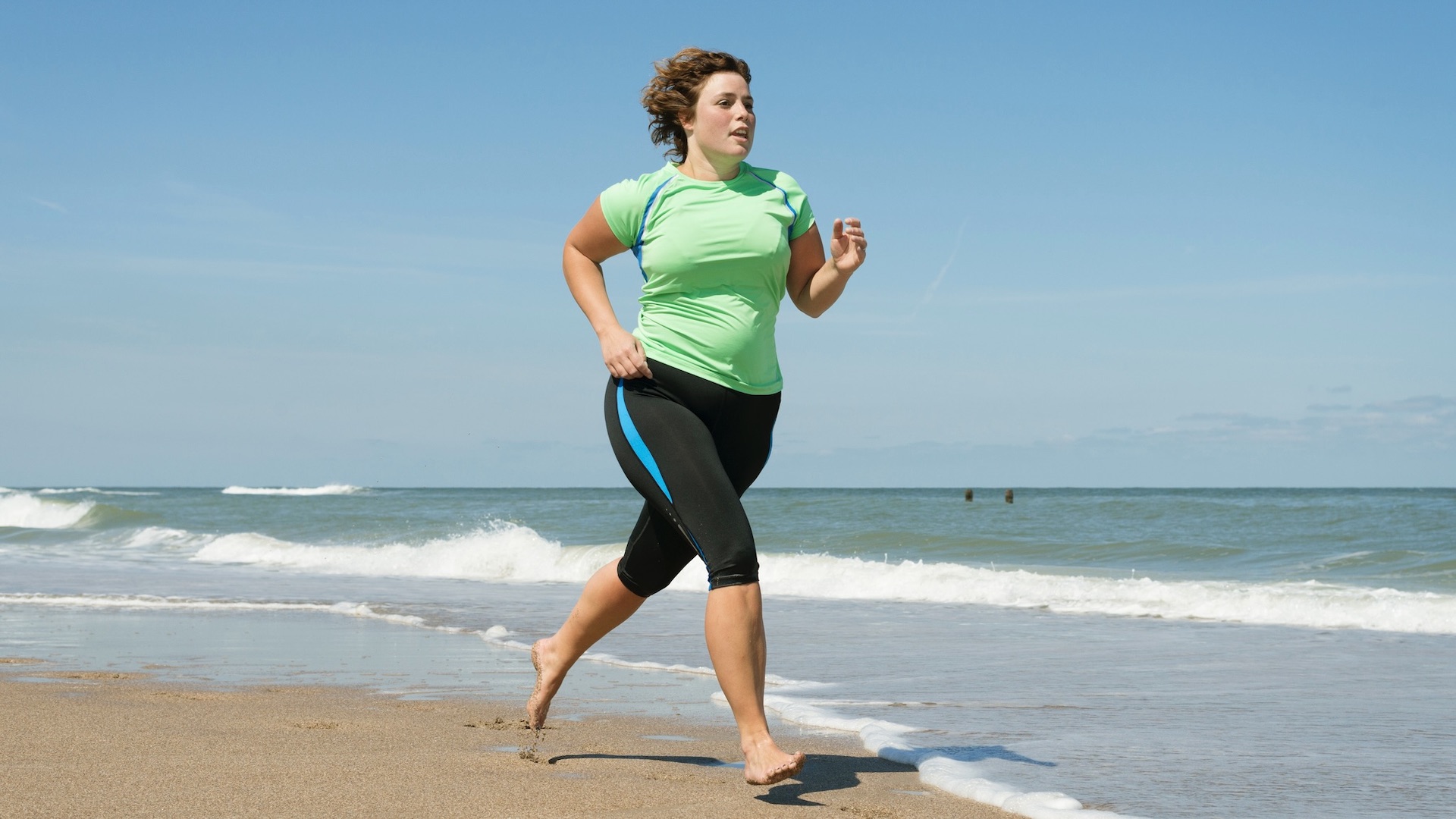
You know that feeling, when you are running along, the wind at your tail, the path is flat or downhill, your steps feel light and bouncy and your cadence is perfect? It’s hard to beat, isn’t it? At the same time, every runner has experienced the opposite, when every steps seems like an effort, the trail is rough and you are facing a headwind. So, what can you do do to help if you're running into a headwind?
These tips will help make your life a little easier when the wind isn't working in your favor. Used properly, they'll help stop you tiring too fast in training, and could stop the weather scuttling your race PB plans.
Running into the wind isn't always a bad thing, either. In the right circumstances, it can even be a helpful training tool.
1. Adjust your posture
The effectiveness of this particular tip will depend on the strength of the wind, but if it’s particularly strong, you can try leaning into it to reduce your energy loss. The wind will give you some support and you can then run in a more relaxed way rather than trying to fight the force of nature.

2. Reduce the drag
Wearing tight fitting clothing, rather than a baggy top or flappy running jacket, will give you an advantage in a headwind. It might seem like a small thing, but a baggy jacket will create an drag if you are running into a headwind, while neater fitting clothing will allow the wind to slipstream around you. When we test running jackets we make sure to tell you about the fit so you can make an informed choice,
3. Run behind a friend
In the same way that drafting someone on a bike helps to reduce the effects of a headwind, so you could aim to run behind your running friend. It’s only fair that you should take it in turns, though.
Having spells where you are shielded form the headwind will help you to find more energy when you are the one doing the shielding and, overall, it goes a long way to reducing the negative effects of working harder while running in a headwind.

4. Choose a return route
If you can, it’s better to choose a run that is a return (out and back) route. This means that while you will have a headwind in one direction, you’ll benefit from a lovely tailwind on the return. Alternatively, you could make it a circular route, which means that you will only face a headwind for part of the run.

5. Find natural shelter
Running where you are more sheltered from the wind will be a huge bonus. For example head to woodland trails or find a route that is shielded from the strongest wind direction by hills or mountains.
6. Adjust your cadence
Have a think about your running cadence. This might seem bit extreme, but if you shorten your stride or cadence, your feet will stay closer to the ground. This means you will create less wind resistance. In contrast, if you stride out, you tend to stay off the ground for longer and this is likely to create more drag in the wind.
And what about the benefits of running into a headwind?
If you are working harder, such as running in a headwind or running uphill, you will gain advantages such as stronger muscles and an improved cardiovascular workout. A run that feels harder is usually one in which you are being forced to use more energy and, therefore, calories.
A tough run also teaches you resilience and how to cope when the conditions are less than optimal.
In addition, if you have been out for a run in a headwind, the chances are the next run will feel a great deal easier.







